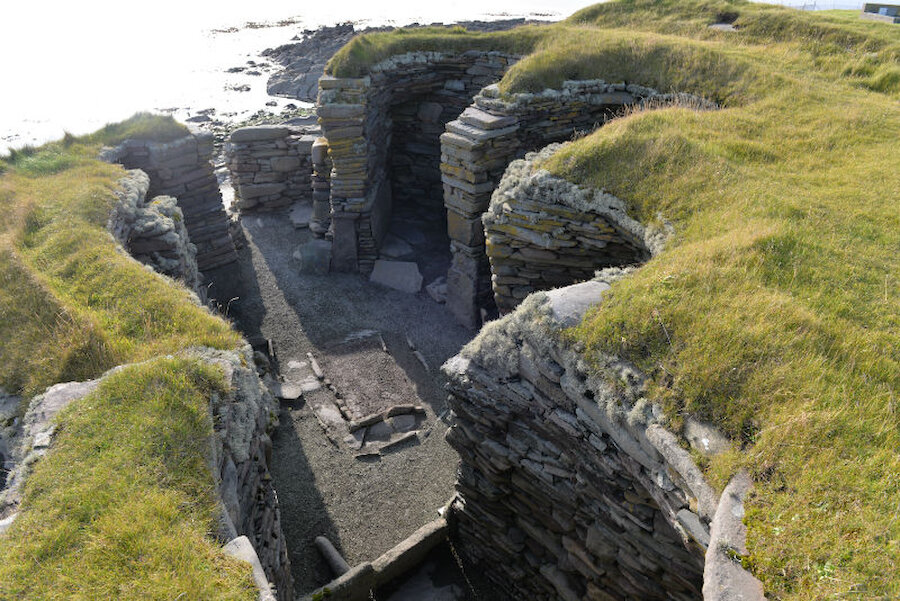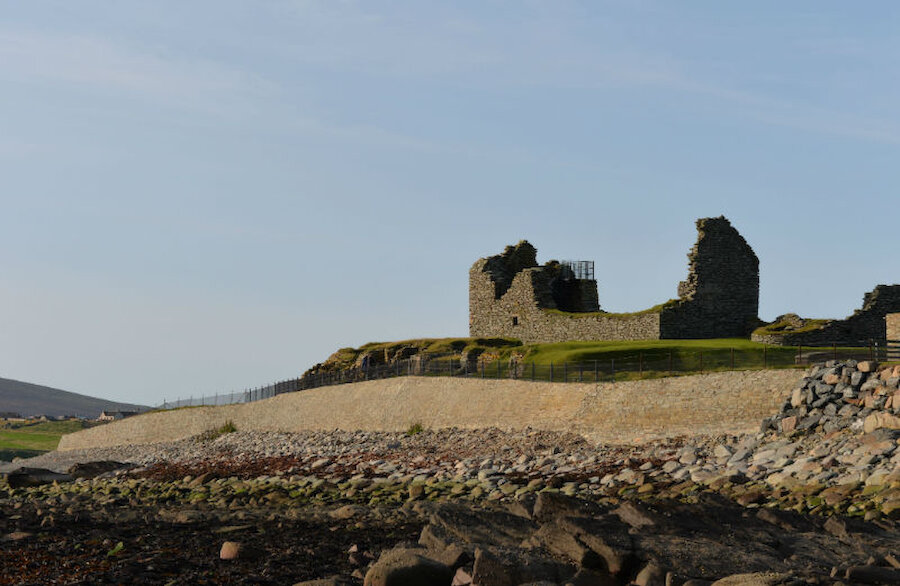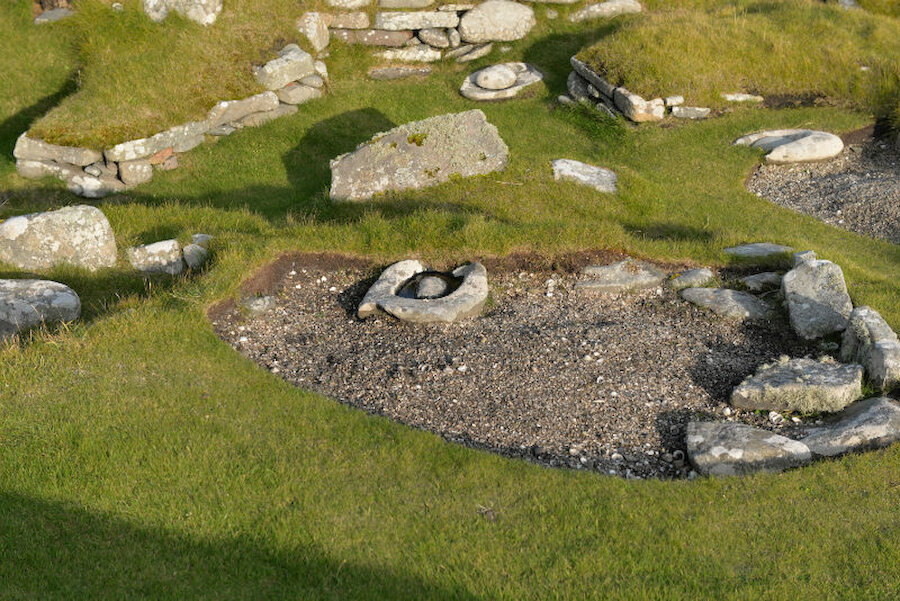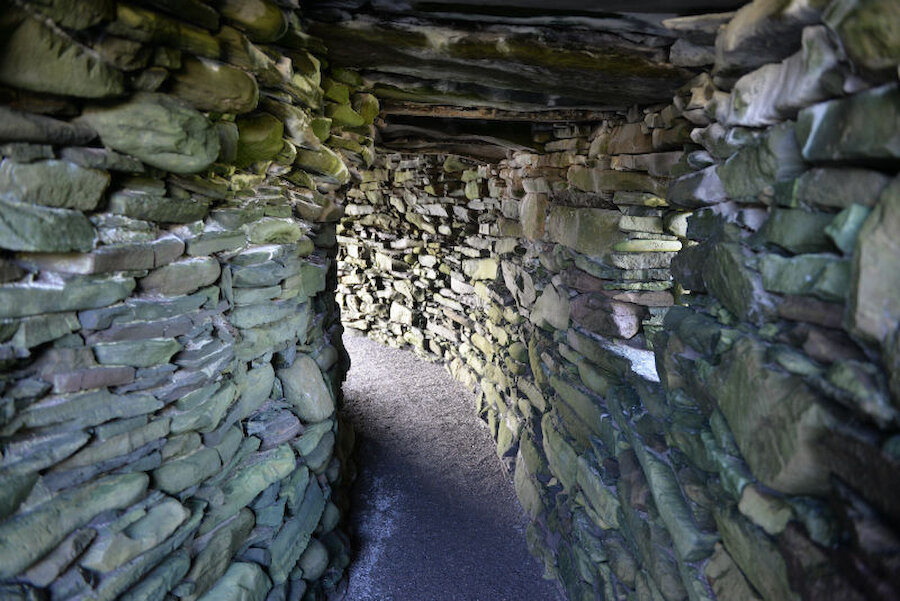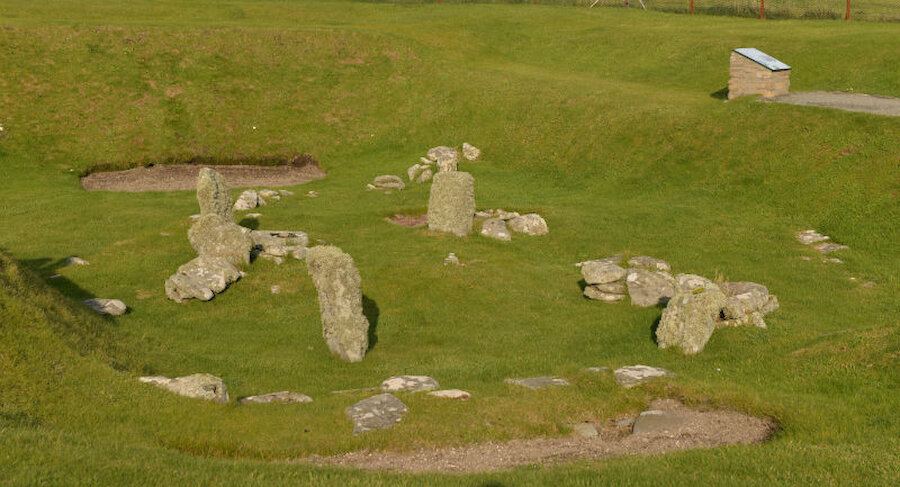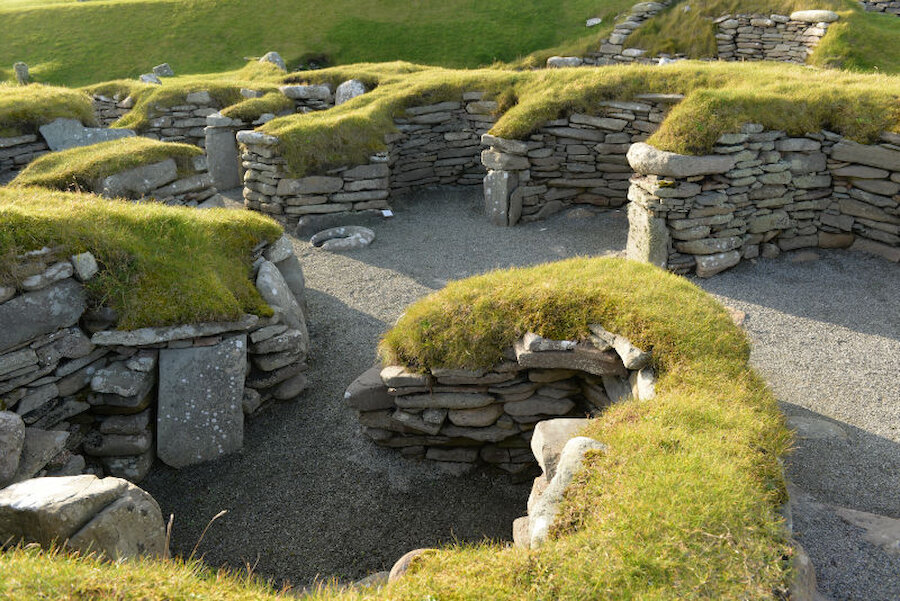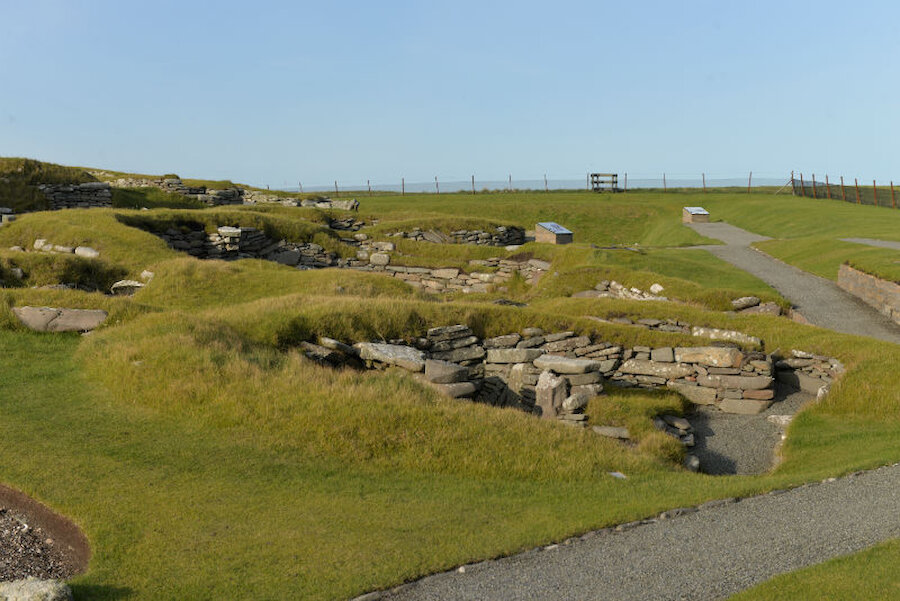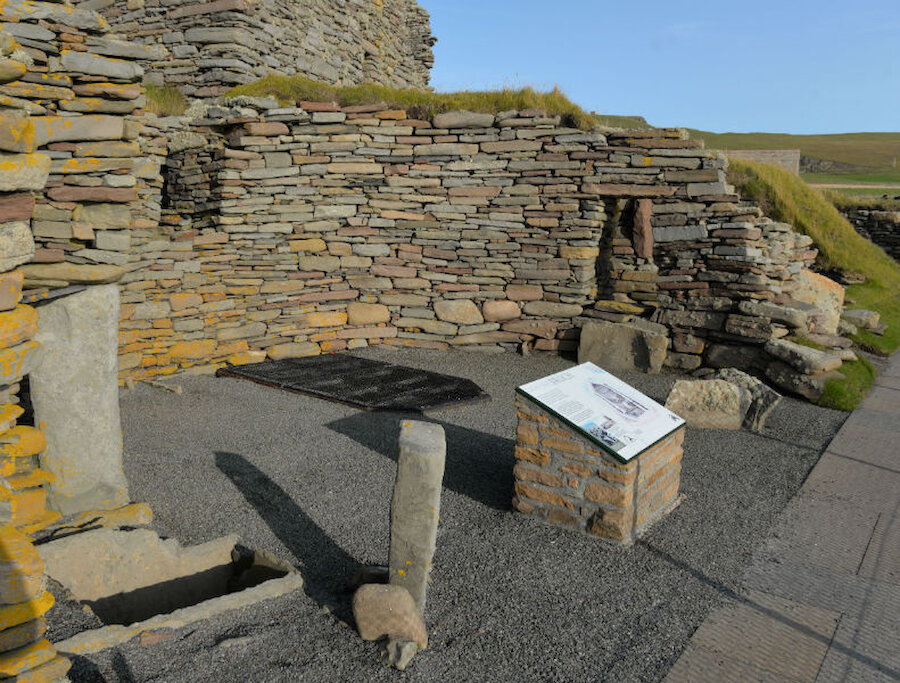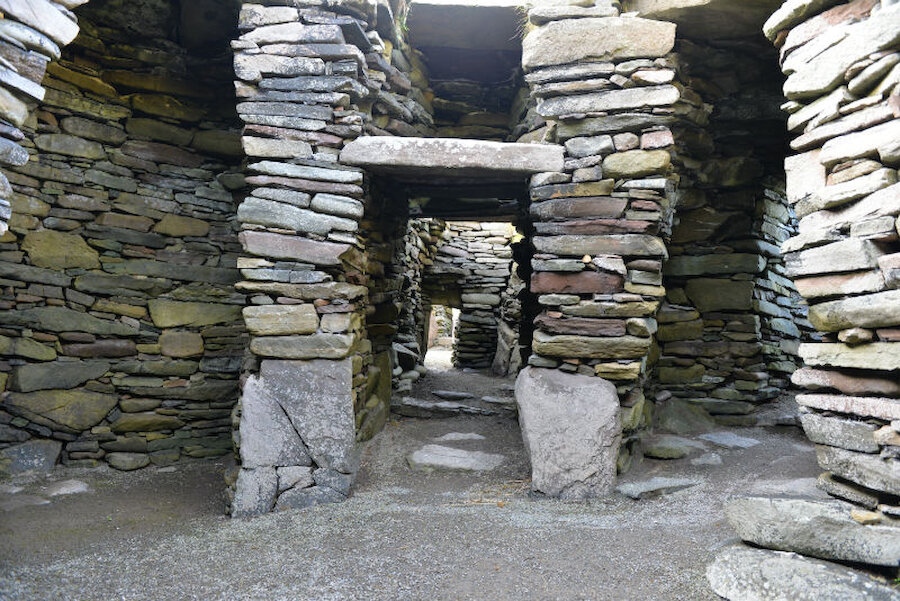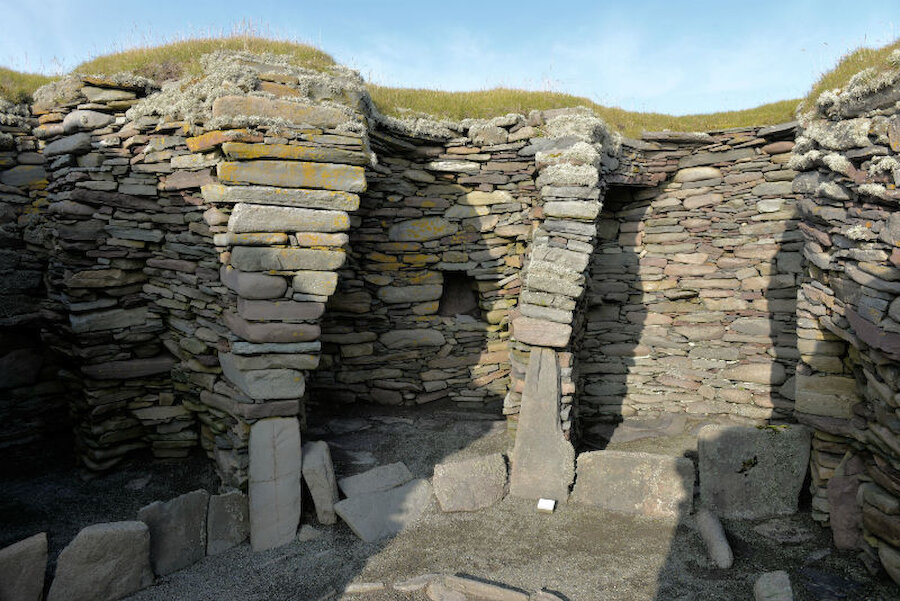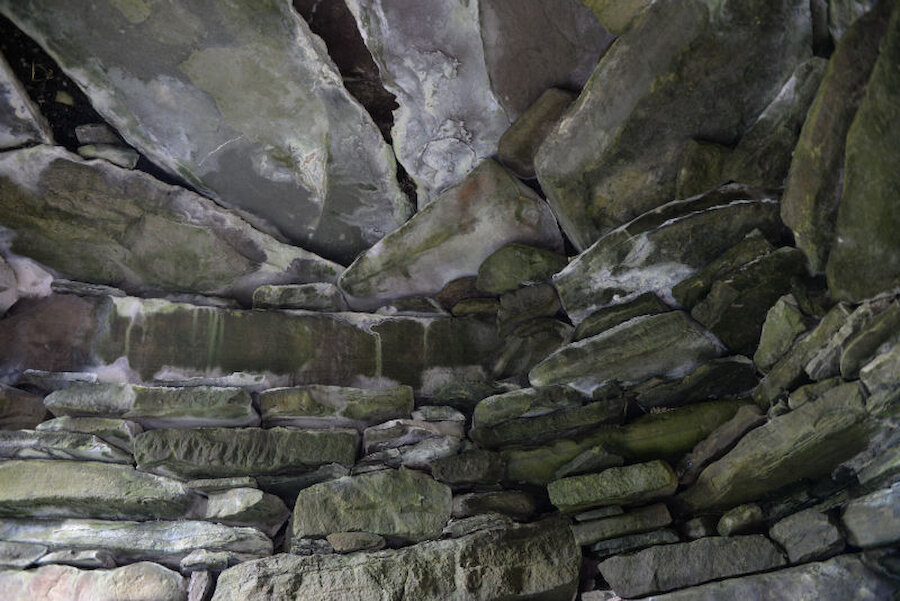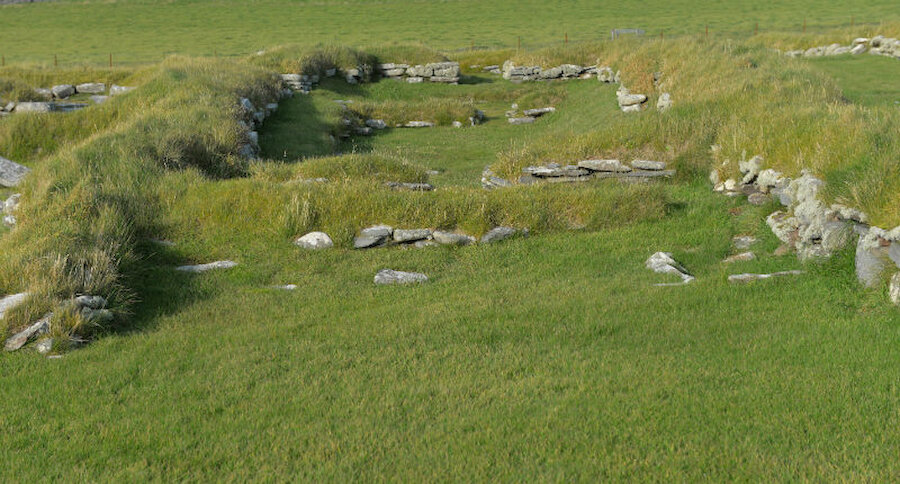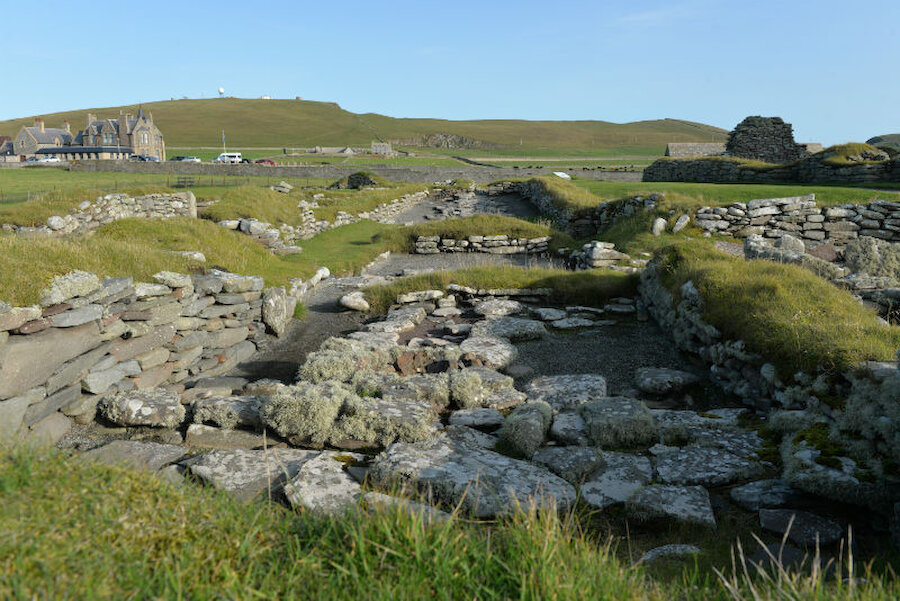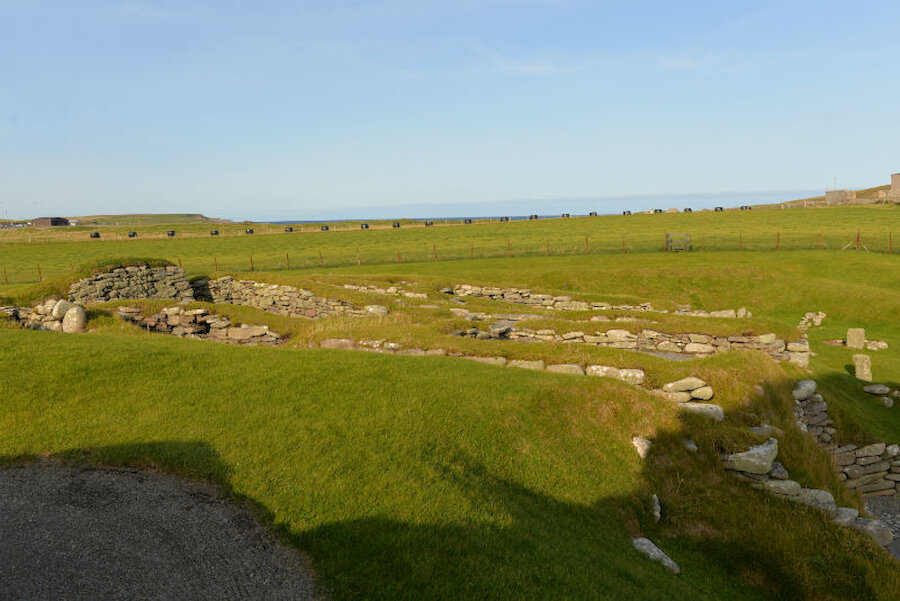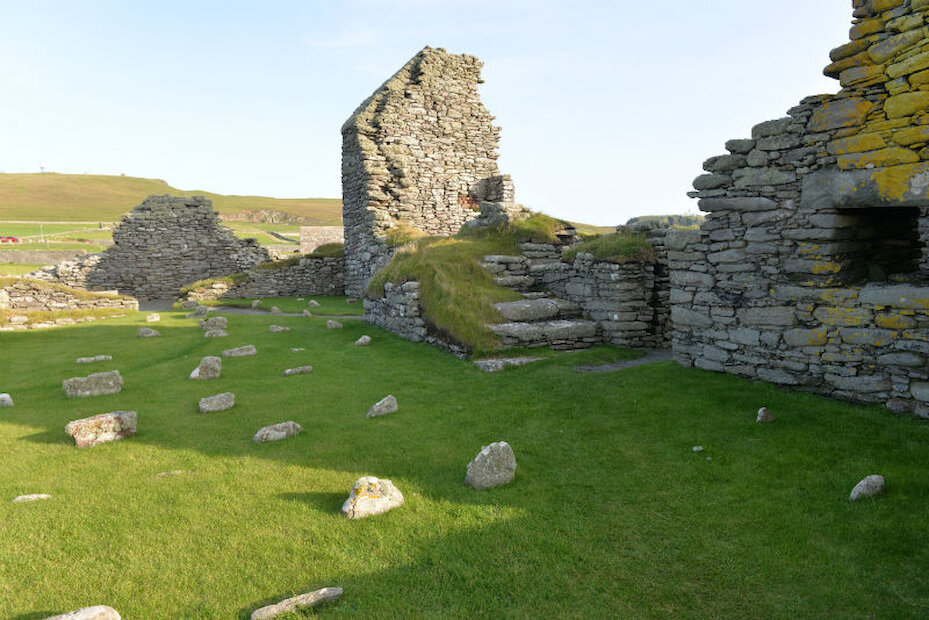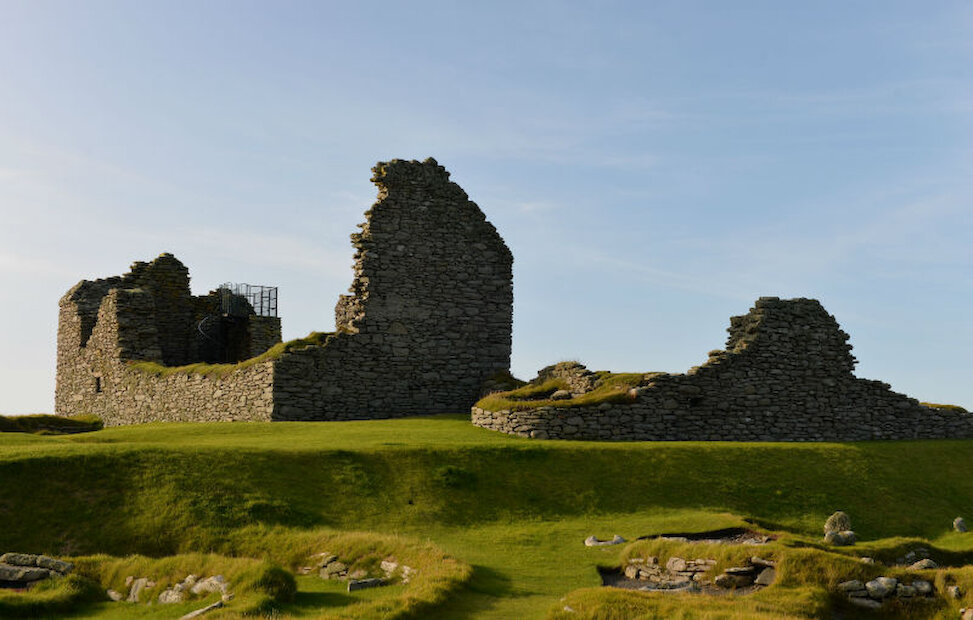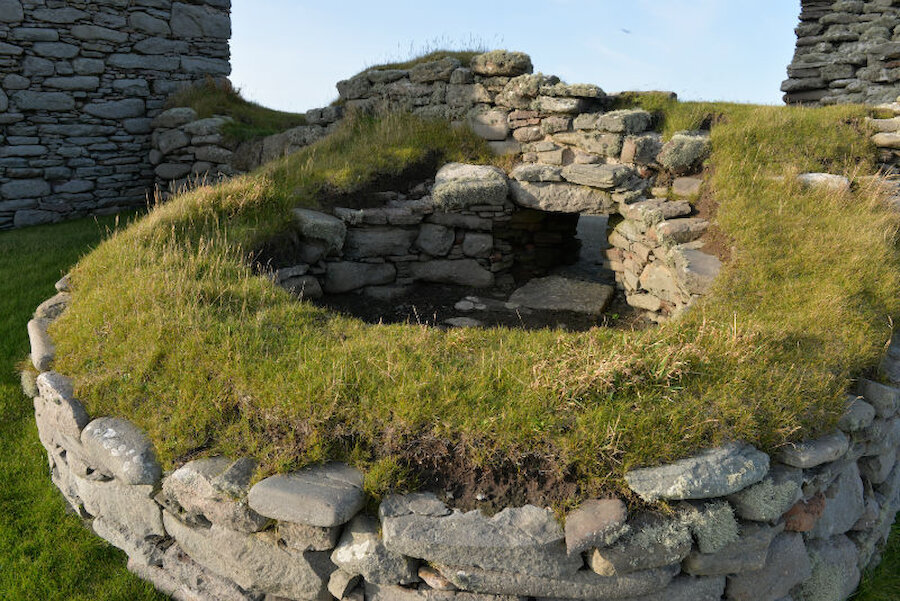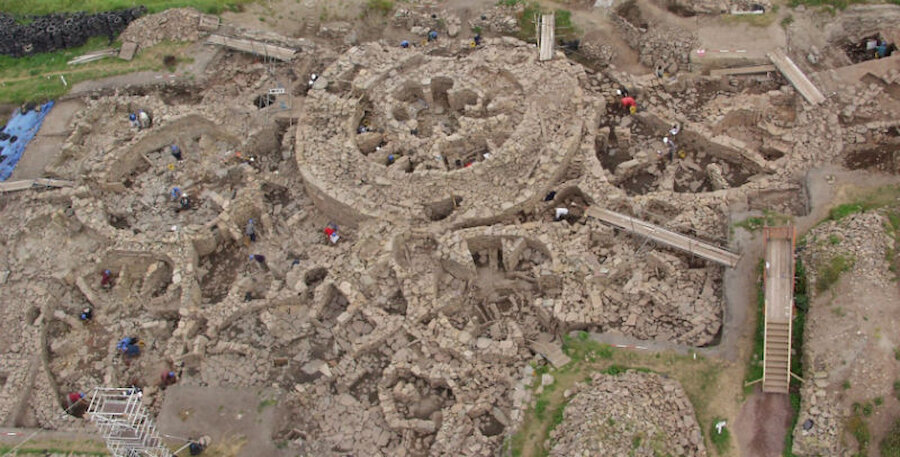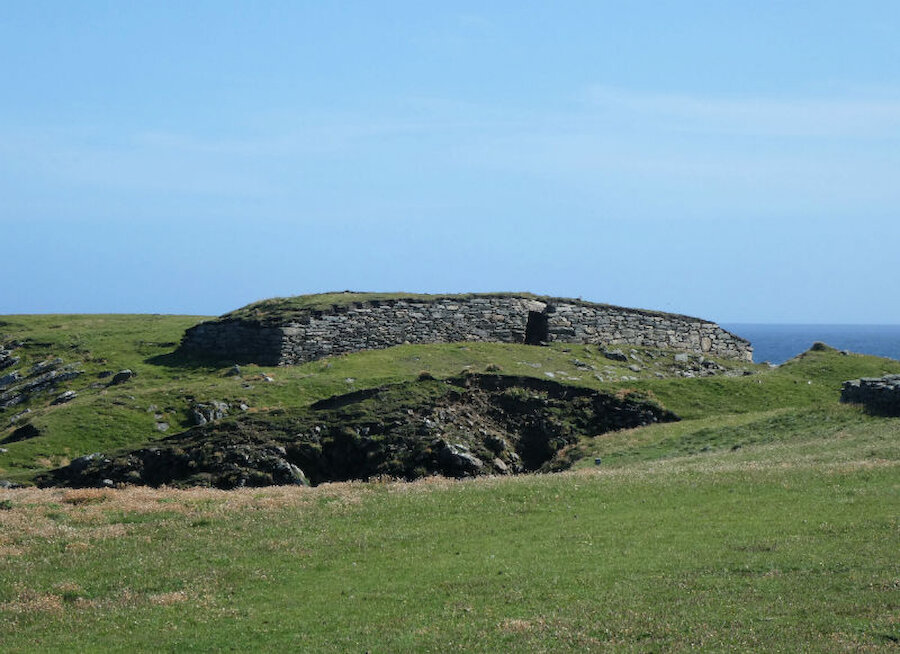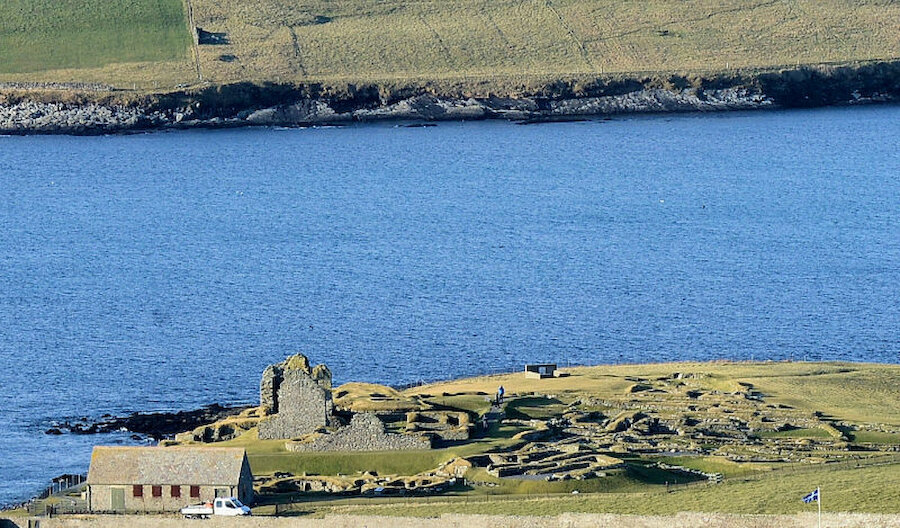Shetland has thousands of archaeological sites: in fact, there are more than 8,000 in the islands' Sites and Monuments Record. All kinds of historic and prehistoric remains are present, from Second World War defences right back to the Neolithic period. There’s a rich maritime archaeology too, with many significant wreck sites that attract divers during the summer months.
However, one site stands out, in national and international terms, as truly exceptional, and that is Jarlshof, situated in the south of the Shetland mainland, not far from Sumburgh Head.
The name was bestowed on the site by Sir Walter Scott, who visited Shetland in 1814 on a cruise with the Commissioners of Northern Lighthouses. However, he gave the name not to the exceptional array of remains that we see today, but to the ruins of the early mediaeval laird’s house, the old house of Sumburgh, which at that time was the only structure visible. Scott went on to set one of the Waverley novels, The Pirate, here; it was published in 1822.

